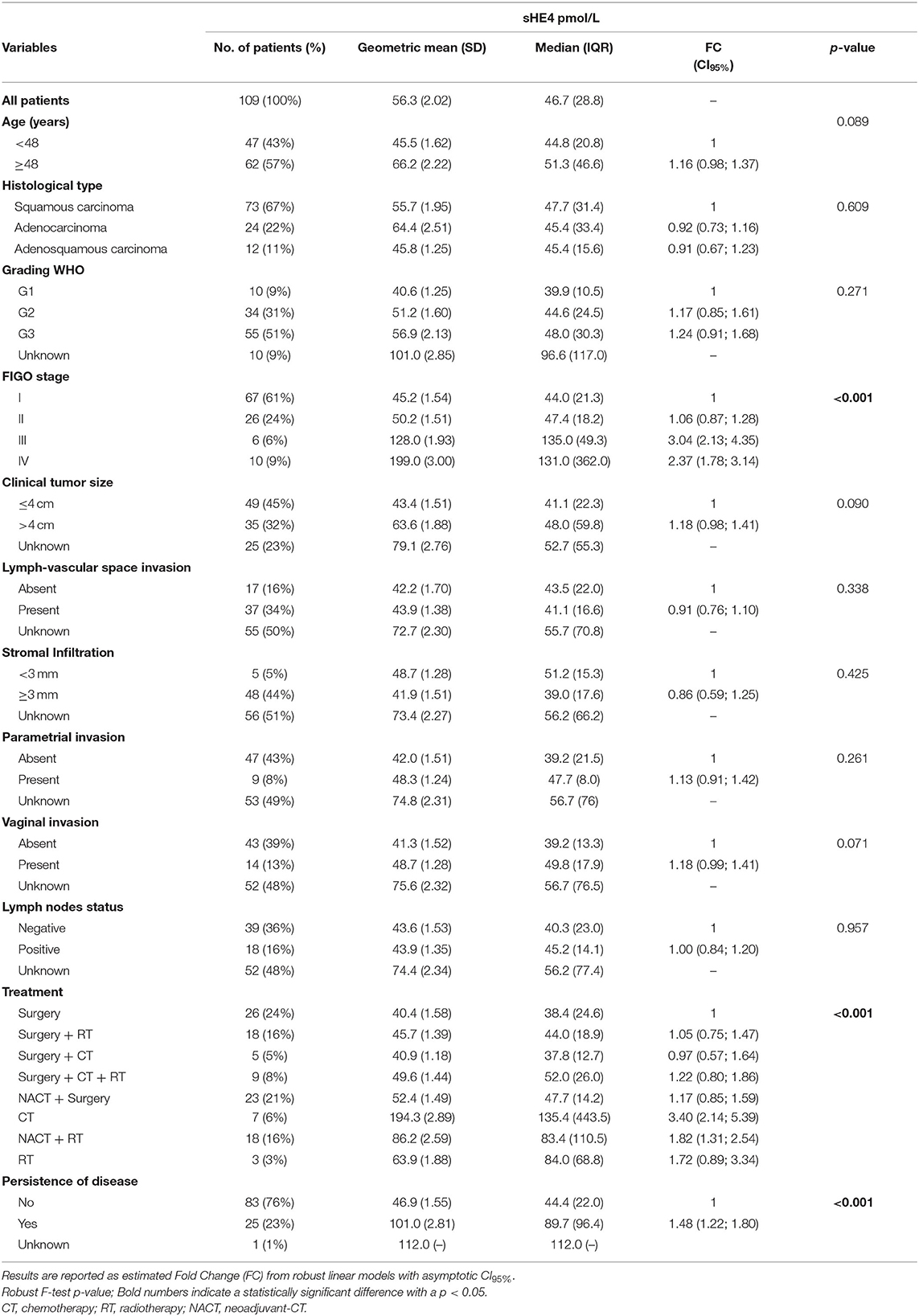

#Abbott diagnostics division irving series#
To The Fullest." The company promotes its identity more vigorously than ever before, advertising to consumer audiences around the world and becoming the sponsor of the Abbott World Marathon Majors, a series of the world’s most prominent races.

2013: Beginning of a new era for Abbott, as a more global, consumer-focused company than ever before, we created a new, Fortune 200 corporation, AbbVie, from our former proprietary pharmaceutical business.2010: We continue our focus on globalism as we become the largest pharmaceutical company in India, the world's second-largest country by population.2006: Launch of the Xience V drug-eluting stent.It will go on to become the world's leading pharmaceutical product. 2002: FDA approval of Humira, the first fully-human monoclonal antibody drug.1998: Introduction of Glucerna, a group of cereals, health shakes and snack bars formulated specifically for diabetics and others with dietary restrictions.This is one of our greatest achievements and the first significant medical victory against what had, until then, seemed an unstoppable threat. 1985: Approval of the first licensed test to identify the HIV virus in blood, helping to secure the safety of the blood supply.This marks the beginning of our modern diagnostics business, in which we quickly became a world leader. 1972: Introduction of the ABA-100 blood chemistry analyzer as well as Ausria, a breakthrough radioimmunoassay test for detecting serum hepatitis.1964: Acquisition of M&R Dietetics, with its popular baby formula, Similac, makes us a leader in nutrition.Author Jim Collins chose us as one of 11 companies, out of 1,435, that had the product, service, organizational and people quality to engender truly great performance. 1960: Reinvention in the 1960s under President George Cain is featured in the 2001 best-seller, Good to Great: Why Some Companies Make the Leap.1959: Adoption of our Abbott "A" logo, a classic of industrial design that remains the cornerstone of our visual identity to this day.Together we increase production more than 20,000%. Government, to ramp up production of penicillin for wartime use. 1942: Abbott joins a consortium of pharmaceutical makers, at the behest of the U.S.1935: Introduction of Pentothal, which will be the world’s leading anesthetic for years to come and win our inventors, Dr."Few of the leading industrial organizations of the country," notes Nation's Commerce magazine, "can show a sounder record for the past year than the Abbott Laboratories." 1932: Expansion continues even at the height of the Great Depression thanks to our leadership in new fields such as vitamins and intravenous solutions.While the timing seems inauspicious, our stock grows in value from that first day- and approximately 10,000 times over so far. 1929: Initial public offering provides shares for the first time in the year of the stock market crash that began the Great Depression.Roger Adams, the first in a long line of breakthrough anesthetics to come from our company. 1922: Development of Butyn by scientists Dr.Henry Dakin to treat wounded soldiers in World War I. 1916: Production of our first synthetic medicine, Chlorazene, a breakthrough antiseptic developed by British chemist Dr.1907: Expansion outside the United States for the first time with an office in London, England.Abbott is a medical publisher as well as a manufacturer.

1894: Incorporated as the Abbott Alkaloidal Company.Remedies contain the active ingredients of plants and herbs. Abbott, a 30-year-old practicing physician, begins in the rear of his People's Drug Store in Chicago. 1888: Production of “alkaloidal” medicine granules by Dr.Read below for historical moments that highlight our pursuit of the extraordinary throughout the years. Abbott’s spirit of entrepreneurship, innovation and caring lives on in our culture, our business and our contributions to medical science.


 0 kommentar(er)
0 kommentar(er)
